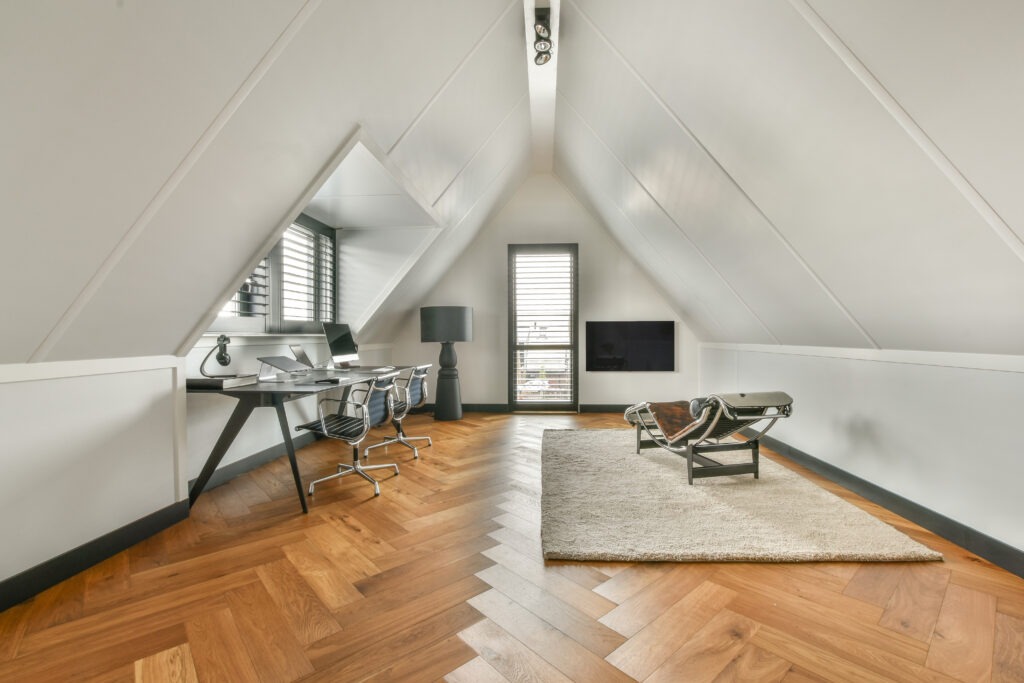When it comes to sleeping while sick, maintaining the best humidity level can significantly impact recovery. Health professionals agree that an optimal humidity level can provide tremendous relief and improve your overall sleep quality. This topic is especially important for both homeowners and real estate developers who aim to create healthier living environments.

Why Humidity Levels Matter
Humidity refers to the concentration of water vapor in the air. Maintaining the right humidity levels is crucial as it affects respiratory health, skin conditions, and comfort. When youre sick, achieving the best humidity level becomes even more critical because it can alleviate symptoms such as nasal congestion and sore throat.

Understanding the Ideal Humidity Range
Experts have found that a humidity level between 40% and 60% is considered ideal for indoor environments. This range helps to keep the airways moist, reduces the risk of respiratory infections, and promotes better sleep.
Read More about why the 40-60% range is recommended.
The Science Behind Humidity Levels
Humidity influences the respiratory system in various ways. Too much humidity can lead to mold growth and dust mites, aggravating allergies and asthma. On the other hand, low humidity can dry out nasal passages and skin, leading to discomfort and increased susceptibility to infections.
Maintaining Optimal Humidity at Home
To create an environment with the best humidity level for sleeping when sick, here are some practical tips:
-
Use a humidifier: A humidifier can add moisture to the air, making it easier to breathe and easing symptoms like cough and congestion.
-
Monitor humidity levels: Use a hygrometer to keep track of indoor humidity. Adjust settings on your humidifier or dehumidifier as necessary.
-
Ventilate your home: Proper ventilation can help maintain balanced humidity levels. Consider using exhaust fans and opening windows when weather permits.
Learn More about controlling moisture and humidity in your home.

Implications for Homeowners and Real Estate Developers
Maintaining the best humidity level is not only beneficial for health but also for the structural integrity of homes. High humidity can cause wood to warp and paint to peel, while low humidity can lead to cracks in wooden floors and furniture.
LEED Certification gives insights into creating healthier and more comfortable homes.
Key Takeaways
-
Ideal humidity levels (40%-60%) promote health and comfort, especially when sleeping sick
-
Proper humidity management can prevent structural damage to homes
-
Using tools like humidifiers and hygrometers can help maintain optimal indoor humidity
FAQs
What is the ideal humidity level for sleeping when sick?
Experts recommend maintaining humidity levels between 40% and 60%.
How can I measure the humidity level in my home?
You can use a hygrometer, which can be purchased easily online or in stores.
Can high humidity worsen sickness symptoms?
Yes, too much humidity can promote mold growth and dust mites, which can aggravate respiratory conditions.
You can read more about Recycled Materials for sustainable building practices.
As an Amazon Associate, I earn from qualifying purchases.



